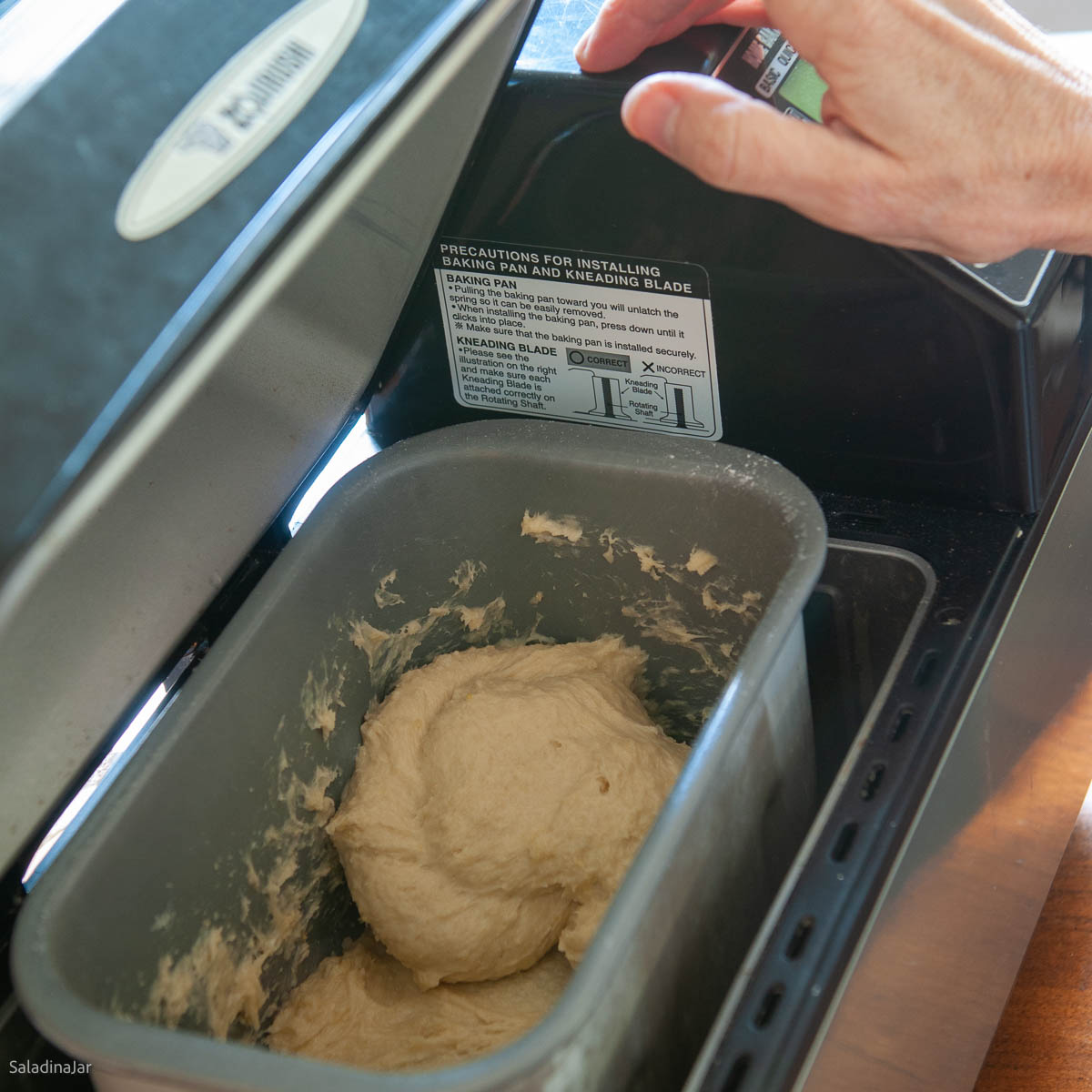

Articles
How Long Is Dough Cycle On Bread Machine
Modified: May 6, 2024
Discover how long the dough cycle on a bread machine lasts and get expert articles on bread making tips and techniques to enhance your homemade loaves.
(Many of the links in this article redirect to a specific reviewed product. Your purchase of these products through affiliate links helps to generate commission for Storables.com, at no extra cost. Learn more)
Introduction
Bread machines have become a popular appliance in many households, allowing people to easily bake fresh bread at home. One of the important features of a bread machine is the dough cycle. This cycle is specifically designed to knead and proof the dough, making it ready for shaping and baking.
Understanding how long the dough cycle takes is essential for planning and timing your bread-making process. In this article, we will explore the factors that affect the length of the dough cycle on bread machines and provide tips on adjusting the cycle to meet your specific needs.
The dough cycle serves as the initial step in bread-making, where the ingredients are combined, kneaded, and allowed to rise. This cycle replicates the manual kneading and proofing process but in a much more convenient and automated manner.
By using a bread machine, you can save time and effort while still enjoying the satisfaction of homemade bread. The dough cycle is crucial in ensuring that the dough reaches the right consistency and rises sufficiently before moving on to the next steps in the baking process.
Factors such as the type of bread being made, the desired texture, the recipe, and even external conditions can influence the length of the dough cycle. Understanding these factors will help you make adjustments and achieve optimal results with your bread machine.
In the next sections, we will delve into the various factors that can affect the duration of the dough cycle on bread machines and provide an average estimate of how long it typically takes. We will also offer some tips on how to adjust the cycle according to your preferences.
So, if you’ve been wondering how long the dough cycle on a bread machine is and how to optimize it for your bread-making endeavors, read on to find the answers you seek. Let’s dive into the world of bread machines and discover the secrets to perfecting your homemade bread.
Key Takeaways:
- Master the dough cycle on your bread machine by understanding factors like recipe, bread size, and ambient temperature. Adjust the cycle length using custom programs, rapid cycle options, and temperature adjustments for perfect homemade bread.
- The average duration of the dough cycle on bread machines ranges from 1.5 to 2 hours, but can vary based on recipe and machine model. Experiment with additional rise cycles and external factors to customize the cycle and achieve your desired bread texture and flavor.
Read more: How To Make Dough In Bread Machine
Understanding the Dough Cycle
The dough cycle on a bread machine is a crucial step in the bread-making process. It involves a series of timed actions and settings that ensure the dough is properly mixed, kneaded, and proofed. This cycle is designed to mimic the traditional manual method of bread-making, but with the added convenience of automation.
During the dough cycle, the bread machine will typically go through several stages. First, it will mix the ingredients together, ensuring that everything is evenly incorporated. Then, it will begin the kneading process, where the dough is continuously worked to develop its gluten structure. This helps give the bread its characteristic texture and rise.
Once the kneading is complete, the dough will be allowed to rest and rise. This is the proofing phase, where the yeast in the dough ferments and produces carbon dioxide, causing the dough to rise. The length of this proofing time can vary depending on factors such as the type of bread, the recipe, and the desired outcome.
After the proofing period, the dough will be kneaded once more to redistribute the yeast and release any excess carbon dioxide. This ensures that the dough is evenly mixed and ready for shaping. Some bread machines also include an option for multiple rise cycles, which can further enhance the flavor and texture of the bread.
Understanding the different stages of the dough cycle is essential for achieving the best results with your bread machine. Each stage plays a crucial role in developing the dough and creating the perfect conditions for baking. By following the instructions provided by your bread machine’s manufacturer and having a basic understanding of the dough cycle, you can successfully create delicious homemade bread.
Now that we have a grasp of the overall process of the dough cycle, let’s explore the factors that can influence the duration of this cycle on bread machines. By understanding these factors, you can make adjustments to meet your specific bread-making needs and enhance your overall baking experience.
Factors Affecting the Length of Dough Cycle
The length of the dough cycle on a bread machine can vary depending on several factors. Understanding these factors will help you adjust the cycle to meet your specific bread-making needs and achieve the desired outcome. Let’s explore the key factors that can influence the duration of the dough cycle:
1. Recipe: The type of bread recipe you use can greatly impact the length of the dough cycle. Different recipes call for varying ingredients, ratios, and techniques. For example, dough that contains a higher percentage of whole grains or requires a longer rise time may need a longer dough cycle. On the other hand, simple white bread recipes with fewer ingredients may have shorter dough cycles.
2. Bread Size: The size of the loaf you’re making can affect the dough cycle length. Larger loaves typically require more kneading and proofing time as compared to smaller loaves. If you’re making a larger loaf, expect the dough cycle to be longer to ensure the dough is adequately mixed and properly risen.
3. Ambient Temperature: The temperature of your kitchen or the environment where the bread machine is placed can influence the dough cycle duration. Yeast activity is highly temperature-sensitive, so colder temperatures may slow down the fermentation process, resulting in a longer dough cycle. Conversely, warmer temperatures can speed up fermentation and reduce the overall cycle length.
4. Type of Yeast: The type of yeast you use in your bread recipe can also impact the dough cycle duration. Active dry yeast typically requires an initial activation period, which can extend the overall dough cycle. Instant yeast, on the other hand, does not require activation and can reduce the cycle time.
5. Customization Options: Some bread machines offer customization options, allowing you to adjust the dough cycle duration to your preference. These options may include settings for a rapid dough cycle or extended proofing time. By utilizing these features, you can tailor the dough cycle to achieve your desired results.
It’s important to note that every bread machine is different, and the specific instructions provided by the manufacturer should be followed for optimal results. Familiarize yourself with the features and settings of your bread machine to make the necessary adjustments based on the factors mentioned above.
In the next section, we will discuss the average duration of the dough cycle on bread machines, giving you a general idea of how long it typically takes. Stay tuned to further enhance your bread-making prowess!
The dough cycle on a bread machine typically lasts for about 45-60 minutes, depending on the specific model and recipe. It’s important to follow the instructions in your bread machine manual for the best results.
Average Duration of Dough Cycle on Bread Machines
The duration of the dough cycle on bread machines can vary depending on the specific model and brand. However, there are some general averages that can give you an idea of how long the process typically takes.
On average, the dough cycle on a bread machine typically lasts between 1.5 to 2 hours. This includes the time for mixing, kneading, proofing, and any additional rise cycles. However, it’s important to note that this is just an estimate and can vary depending on the factors we discussed earlier.
The mixing and initial kneading stage usually takes around 10 to 15 minutes. After that, the dough will go through its first rise, which typically lasts around 45 minutes to an hour. Some bread machines have a preheat cycle beforehand to warm the ingredients and provide optimal conditions for yeast activity. This preheat cycle can add an additional 10 to 15 minutes to the overall duration.
Once the first rise is complete, the dough will undergo a second kneading cycle to release any excess gas and redistribute the yeast. This kneading phase usually lasts for about 5 to 10 minutes. If your bread machine has the option for multiple rise cycles, each additional rise cycle may add anywhere from 15 to 30 minutes to the total duration.
It’s important to keep in mind that these times are approximate and can vary depending on the specific bread recipe, bread machine model, and the surrounding temperature. Some bread machines also offer settings for different bread types, such as whole wheat or rapid cycle, which can have different cycle durations.
Referencing your bread machine’s instruction manual is always the best practice to determine the exact duration for the dough cycle. The manual will provide you with specific settings and timings based on the bread machine model you own.
By understanding the average duration of the dough cycle, you can better plan your bread-making process and adjust your schedule accordingly. In the next section, we will share some tips for adjusting the dough cycle length to meet your specific needs and preferences. Stay tuned for valuable insights to enhance your bread-making experience!
Tips for Adjusting the Dough Cycle Length
While bread machines offer convenient and automated bread-making processes, it’s sometimes necessary to make adjustments to the dough cycle length to achieve the desired results. Here are some tips for customizing the dough cycle on your bread machine:
1. Custom Program: Check if your bread machine has a custom program feature. This allows you to create your own cycle with specific timings for mixing, kneading, and proofing. By utilizing this feature, you can extend or shorten individual stages of the dough cycle to match your preferences.
2. Rapid Cycle: If you’re short on time and want to expedite the bread-making process, check if your bread machine has a rapid or quick cycle option. This feature reduces the dough cycle duration by increasing the temperature and adjusting the timings. Keep in mind that while the rapid cycle saves time, it may affect the texture and flavor of the final bread.
3. Temperature Adjustment: Some bread machines have settings to adjust the temperature during different stages of the dough cycle. If you are baking in a colder environment, increasing the temperature during the proofing stage can help speed up the fermentation process. Conversely, if your kitchen is warm, lowering the temperature can prevent over-proofing.
4. Additional Rise Cycles: For a lighter and more flavorful bread, consider adding extra rise cycles. This can be particularly beneficial for whole grain bread or artisan-style loaves. Check if your bread machine allows for multiple rise cycles and adjust the cycle accordingly to enhance the dough’s structure and flavor.
5. External Factors: Be mindful of external conditions that may impact the dough cycle length. In colder temperatures, the dough may take longer to rise, so extend the proofing time accordingly. Conversely, if it’s warmer, reduce the proofing time to avoid overproofing and ending up with an overly fluffy loaf.
Remember to consult your bread machine’s instruction manual for detailed instructions on adjusting the dough cycle length. Each bread machine may have unique features and settings that give you more flexibility in customizing the process.
By experimenting with different adjustments, you can fine-tune the dough cycle to match your preferences and achieve the perfect loaf of homemade bread. With a bit of practice and understanding of your bread machine’s capabilities, you’ll soon become a master baker in your own kitchen.
In the next section, we will wrap up our discussion and summarize the key points we’ve covered so far. So, let’s get ready to put our newfound knowledge into practice and enjoy the delightful wonders of homemade bread!
Read more: How To Make Pizza Dough In Bread Machine
Conclusion
Mastering the dough cycle on your bread machine is a key step towards baking delicious homemade bread. By understanding the factors that influence the dough cycle length and learning how to make adjustments, you can achieve the perfect loaf tailored to your preferences.
Throughout this article, we have explored the importance of the dough cycle in the bread-making process and how it replicates the traditional manual method of kneading and proofing. We have discussed the various factors that can affect the duration of the dough cycle, including recipe, bread size, ambient temperature, yeast type, and customization options.
While the average duration of the dough cycle on bread machines ranges from 1.5 to 2 hours, it’s important to note that these times can vary depending on the specific bread machine model and recipe. By referencing your bread machine’s instruction manual and considering the factors mentioned, you can get a better estimate of the ideal dough cycle duration for your specific needs.
We have also shared tips for adjusting the dough cycle length, such as utilizing custom programs, exploring rapid cycle options, adjusting temperatures, adding extra rise cycles, and considering external factors. These tips give you the flexibility to fine-tune the dough cycle to achieve the texture, flavor, and rise you desire in your homemade bread.
As you gain more experience and become familiar with your bread machine’s capabilities, you’ll develop a better understanding of how to optimize the dough cycle for different types of bread and personal preferences. Remember to always follow the instructions provided by your bread machine manufacturer for best results.
With a little practice, you’ll soon be baking a variety of delicious homemade breads, perfectly suited to your taste. The aroma and taste of freshly baked bread will fill your home, bringing warmth and satisfaction to every bite.
So, whether you’re a bread enthusiast or someone looking to embark on a new culinary adventure, embrace the wonders of the dough cycle on your bread machine. Experience the joy of baking your own bread and creating delightful memories in your kitchen.
Now, armed with the knowledge and understanding gained from this article, it’s time to take out your bread machine, choose your favorite recipe, and let the dough cycle work its magic. Happy bread-making!
Curious about what else your bread machine can whip up besides basic bread? You’ll be pleasantly surprised by the range of tasty treats awaiting your discovery. From sweet, rich desserts to hearty, savory dishes, bread machines prove their versatility. Ready to expand your culinary horizons and impress family and friends with new recipes? Dive into our featured article on bread machine recipes and let your kitchen adventures begin!
Frequently Asked Questions about How Long Is Dough Cycle On Bread Machine
Was this page helpful?
At Storables.com, we guarantee accurate and reliable information. Our content, validated by Expert Board Contributors, is crafted following stringent Editorial Policies. We're committed to providing you with well-researched, expert-backed insights for all your informational needs.
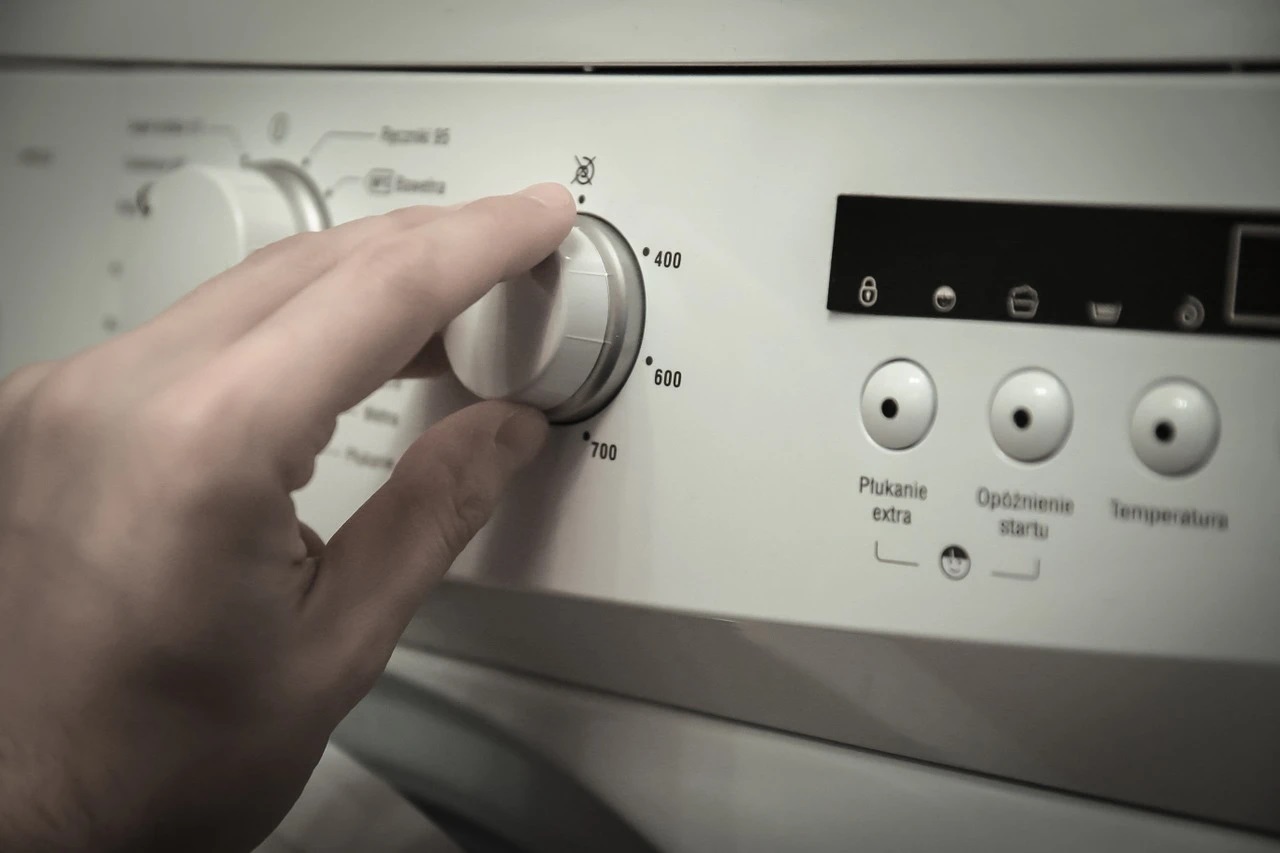

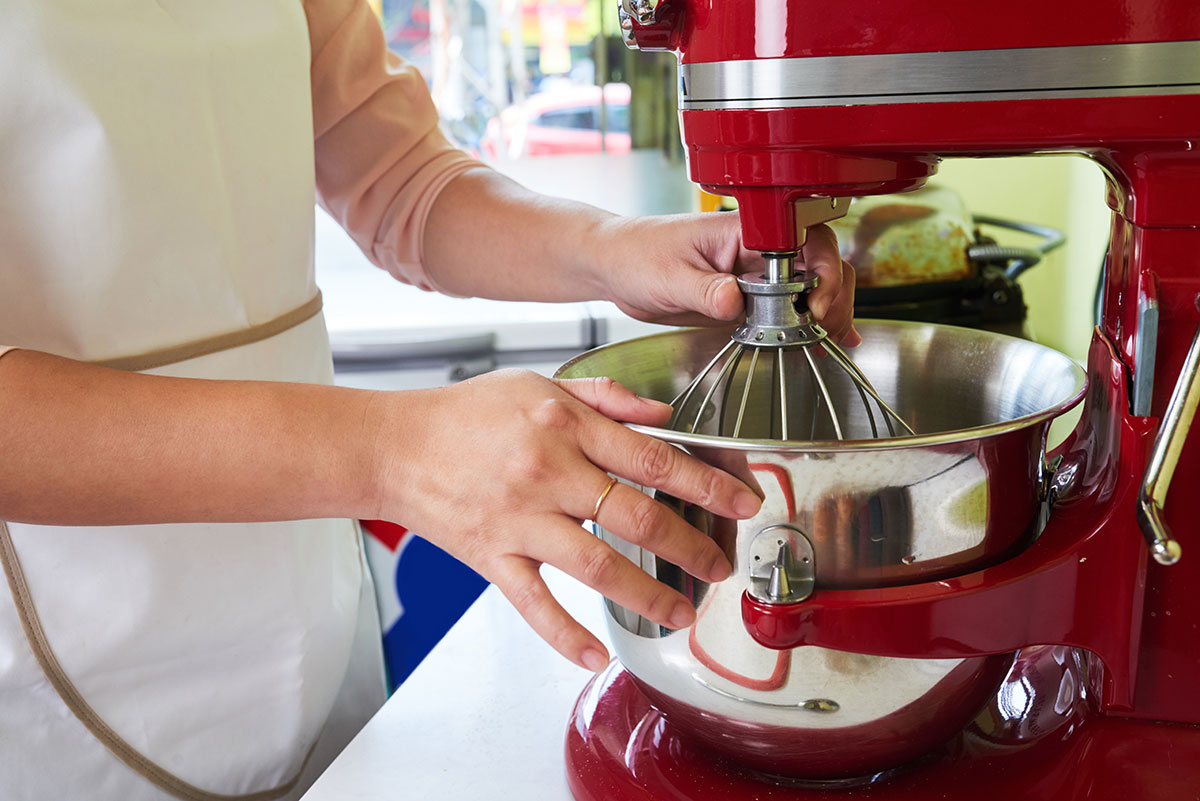
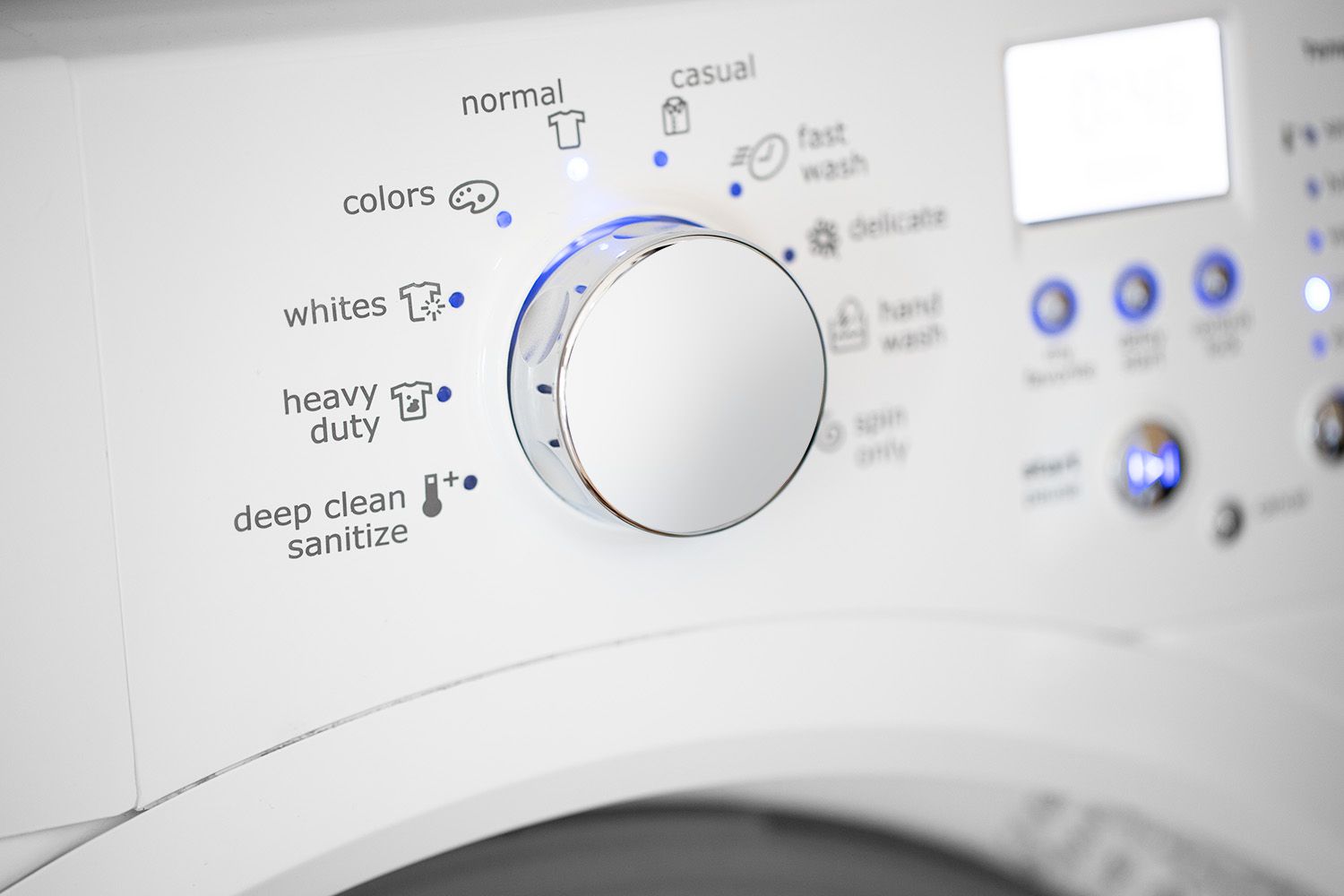
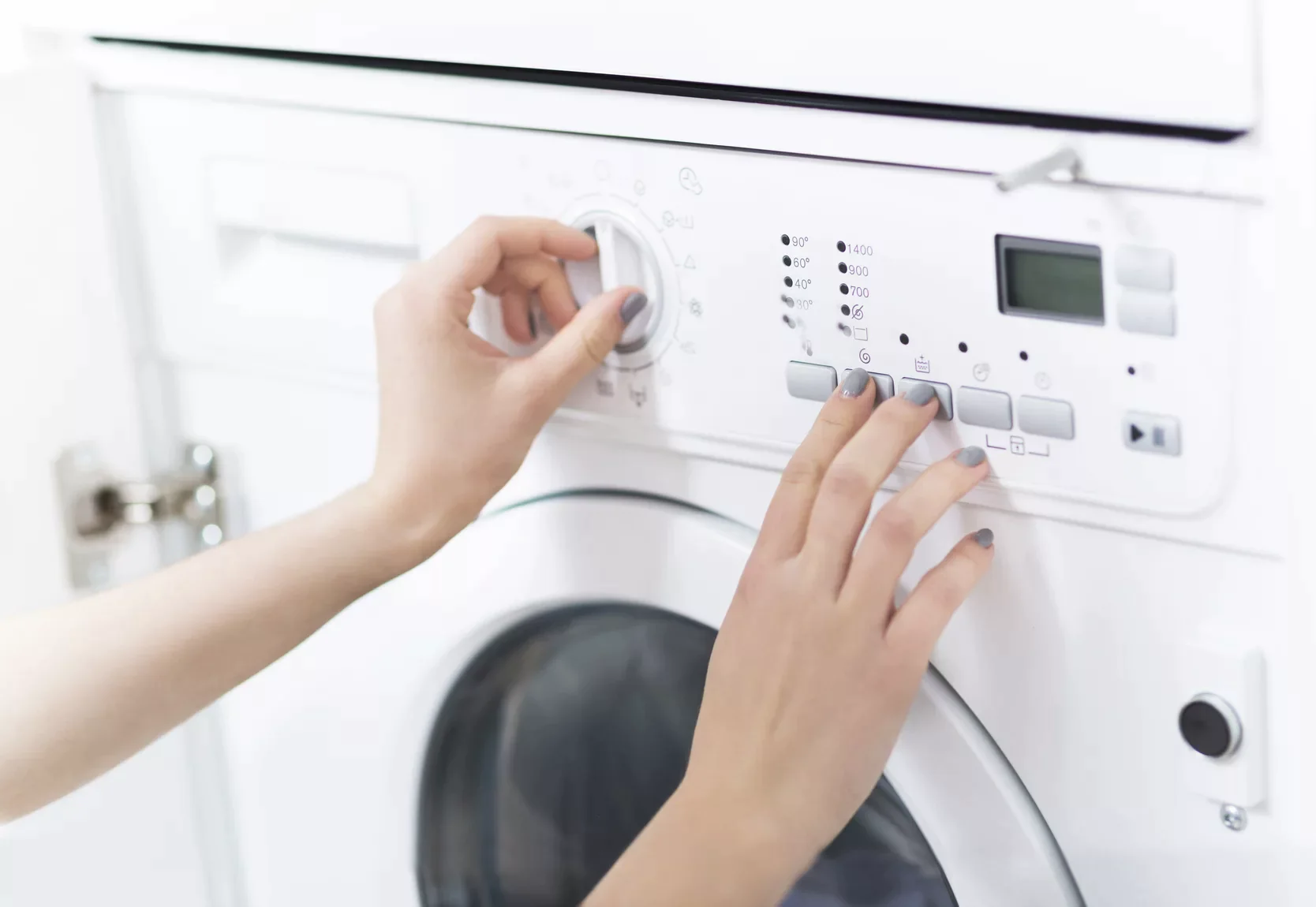
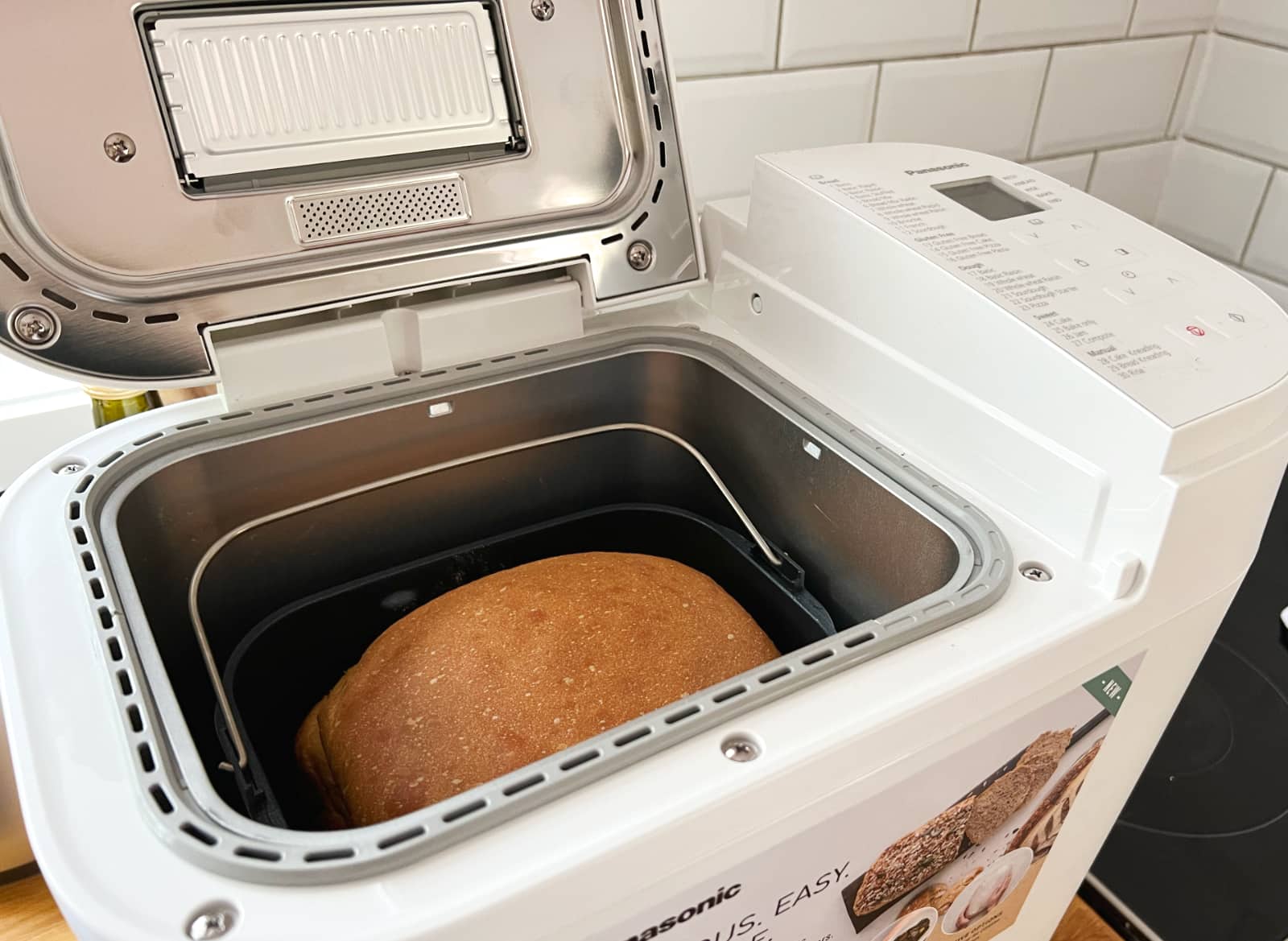
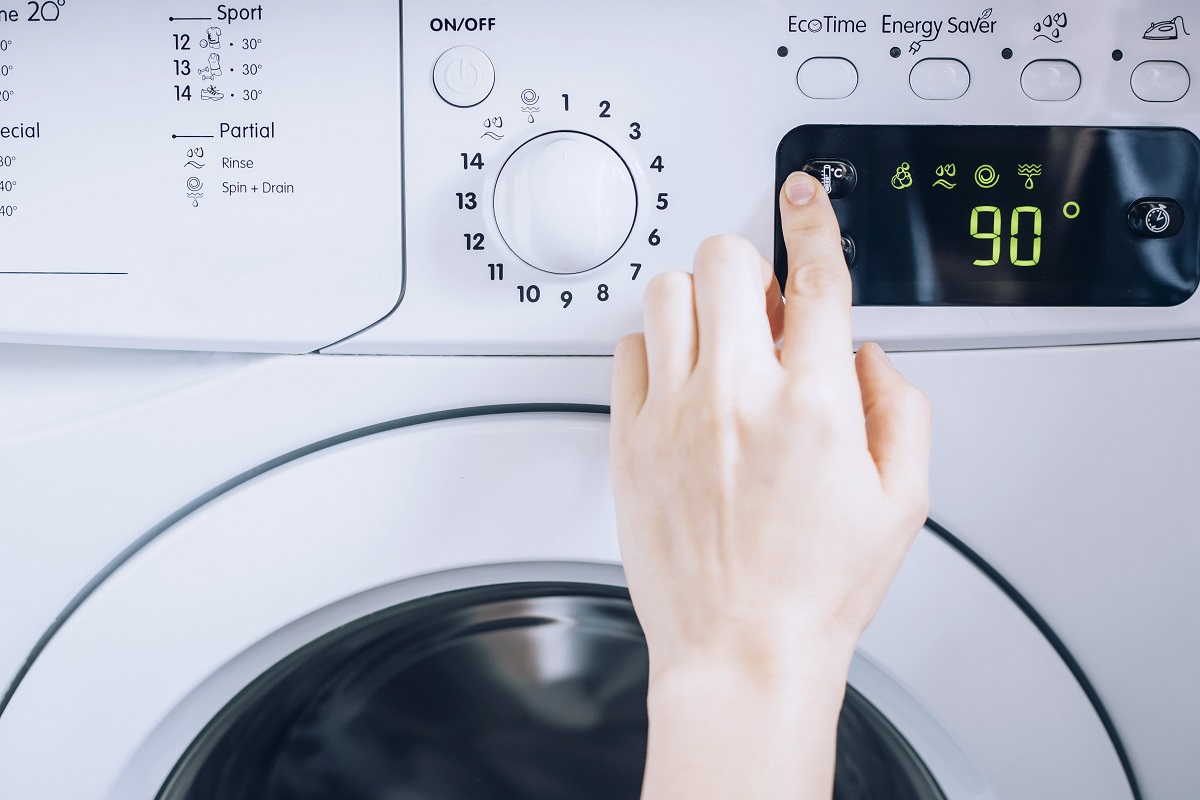
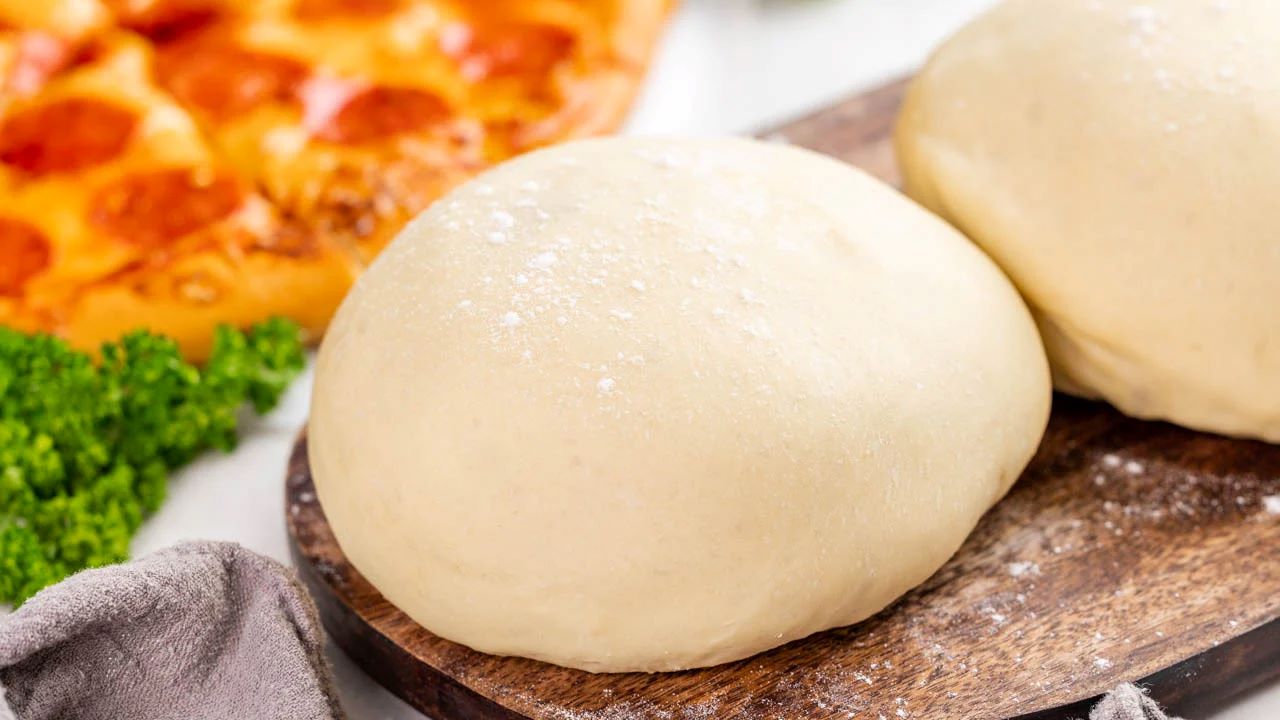
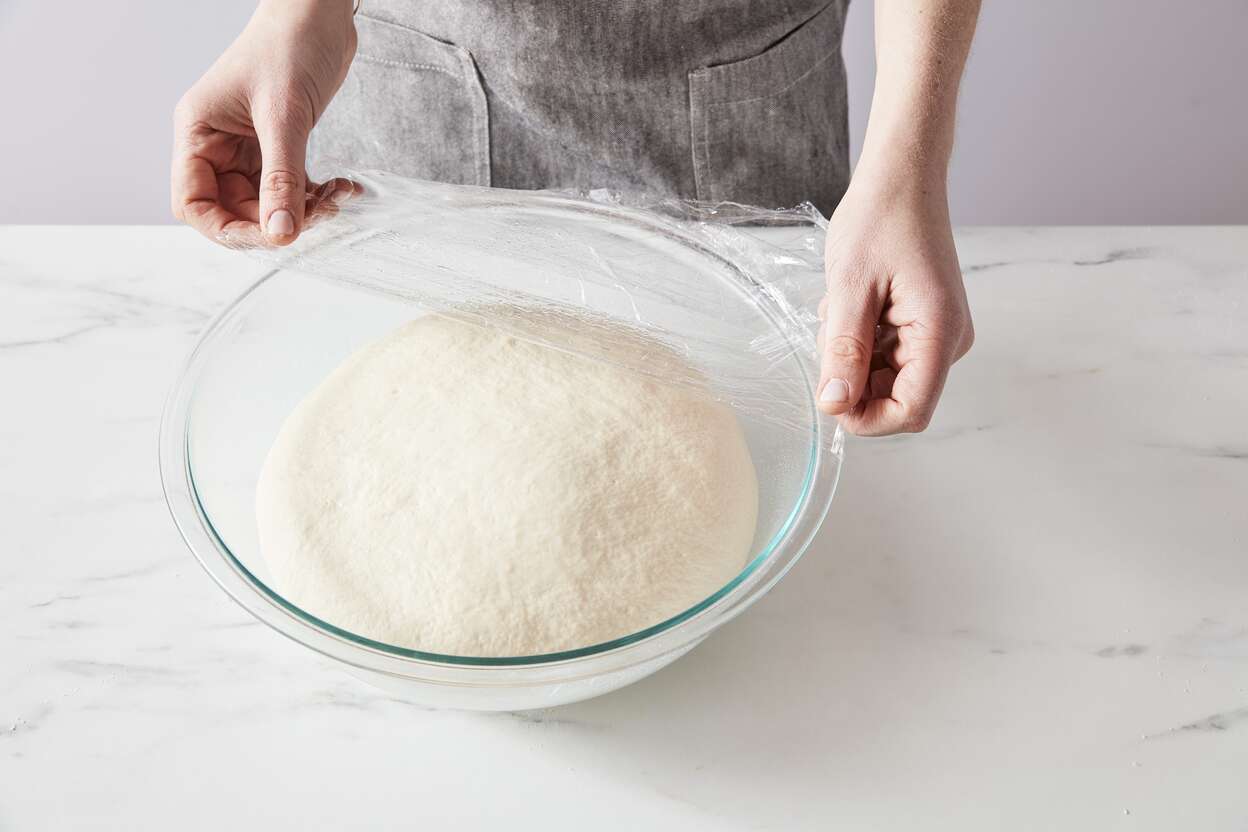
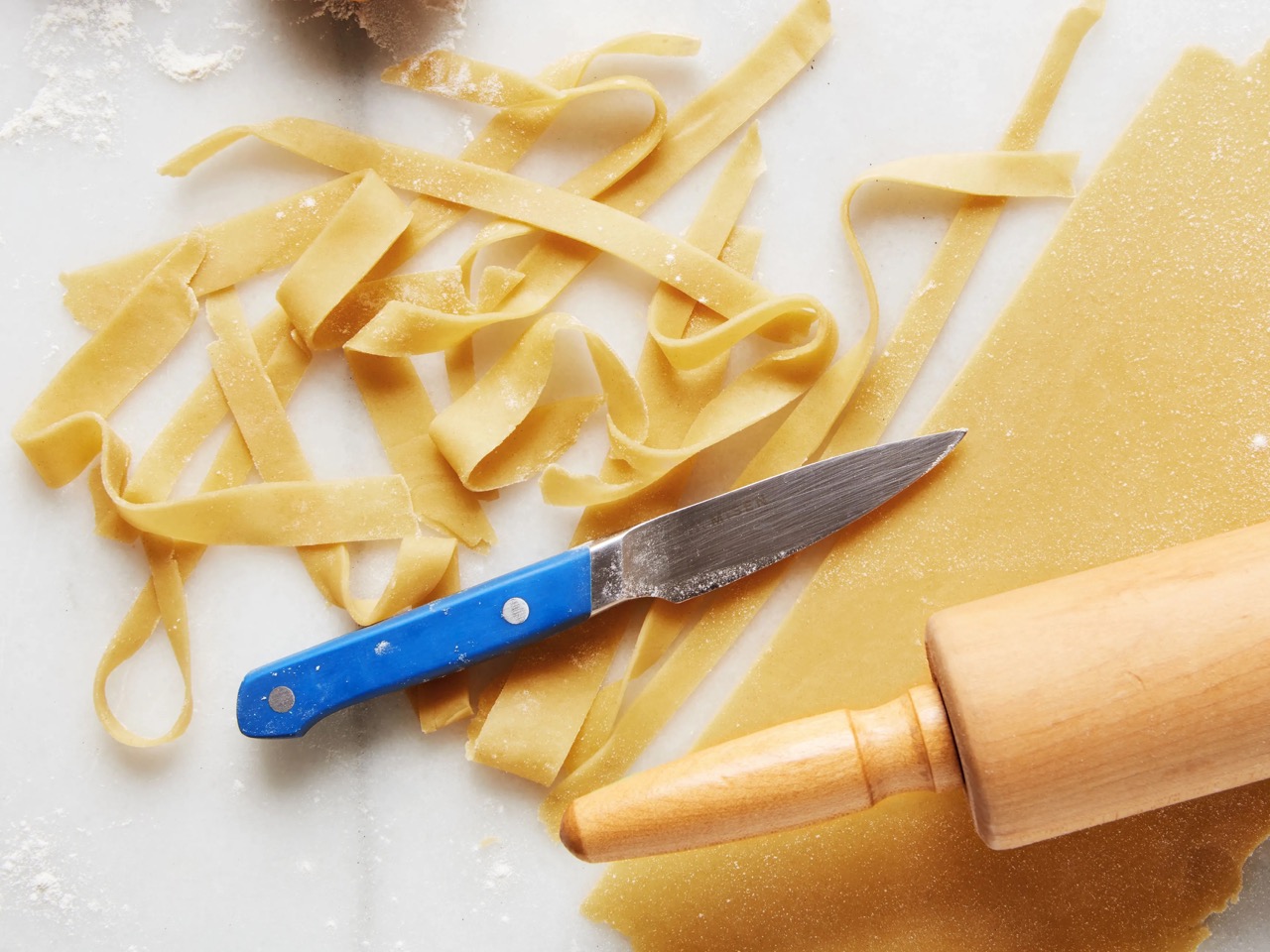

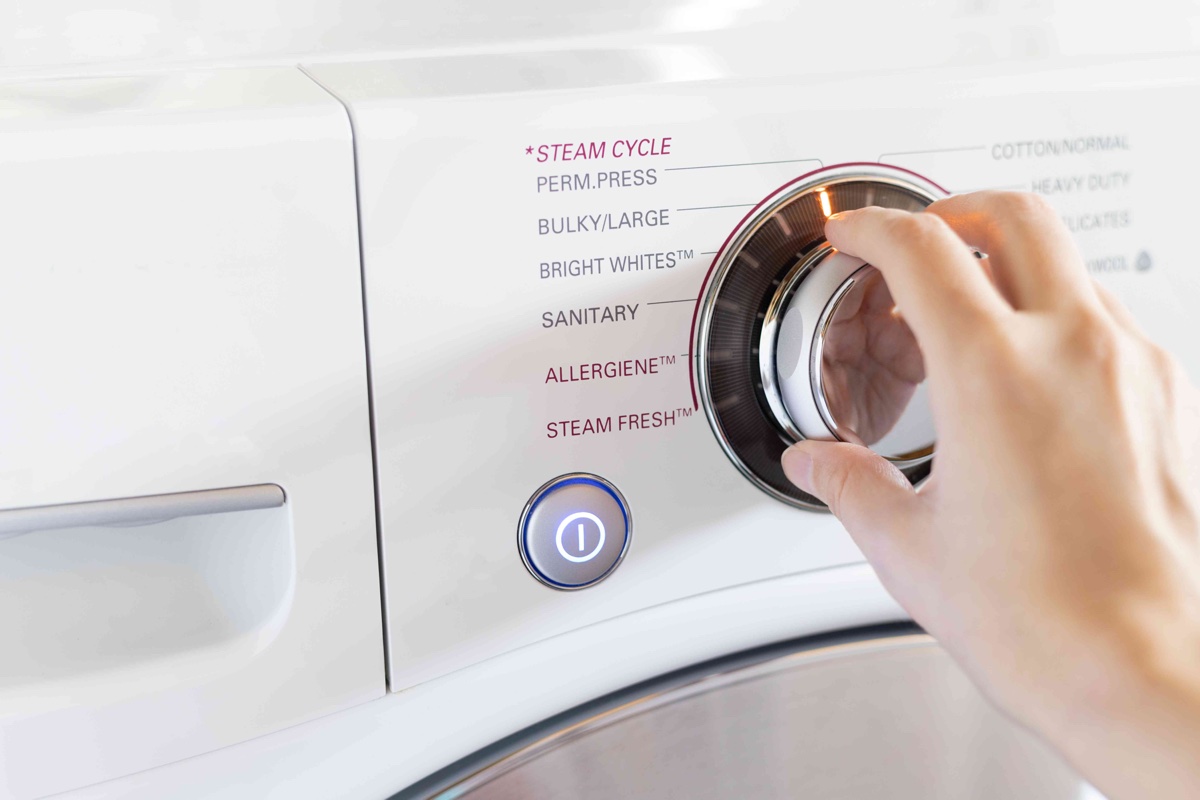
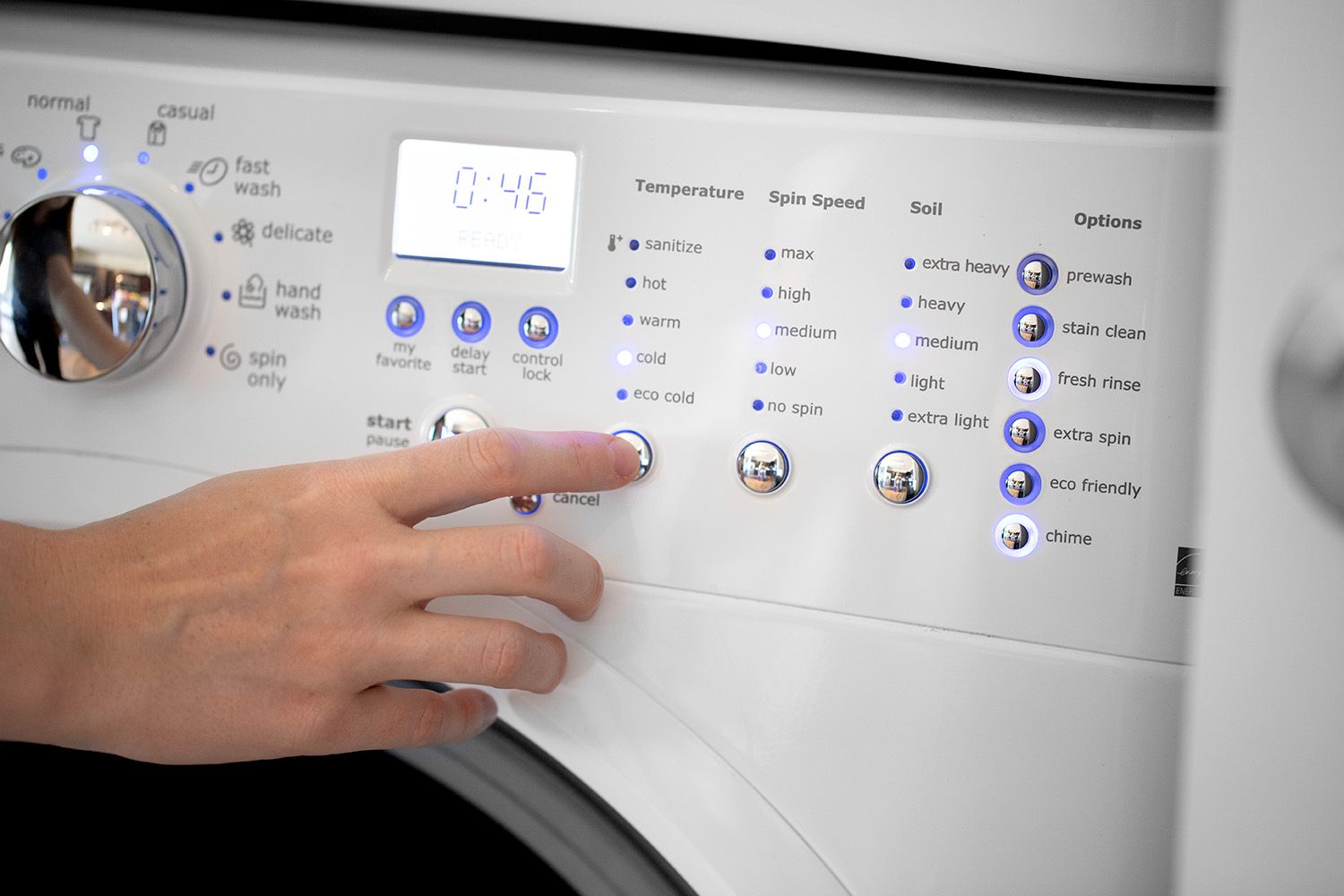
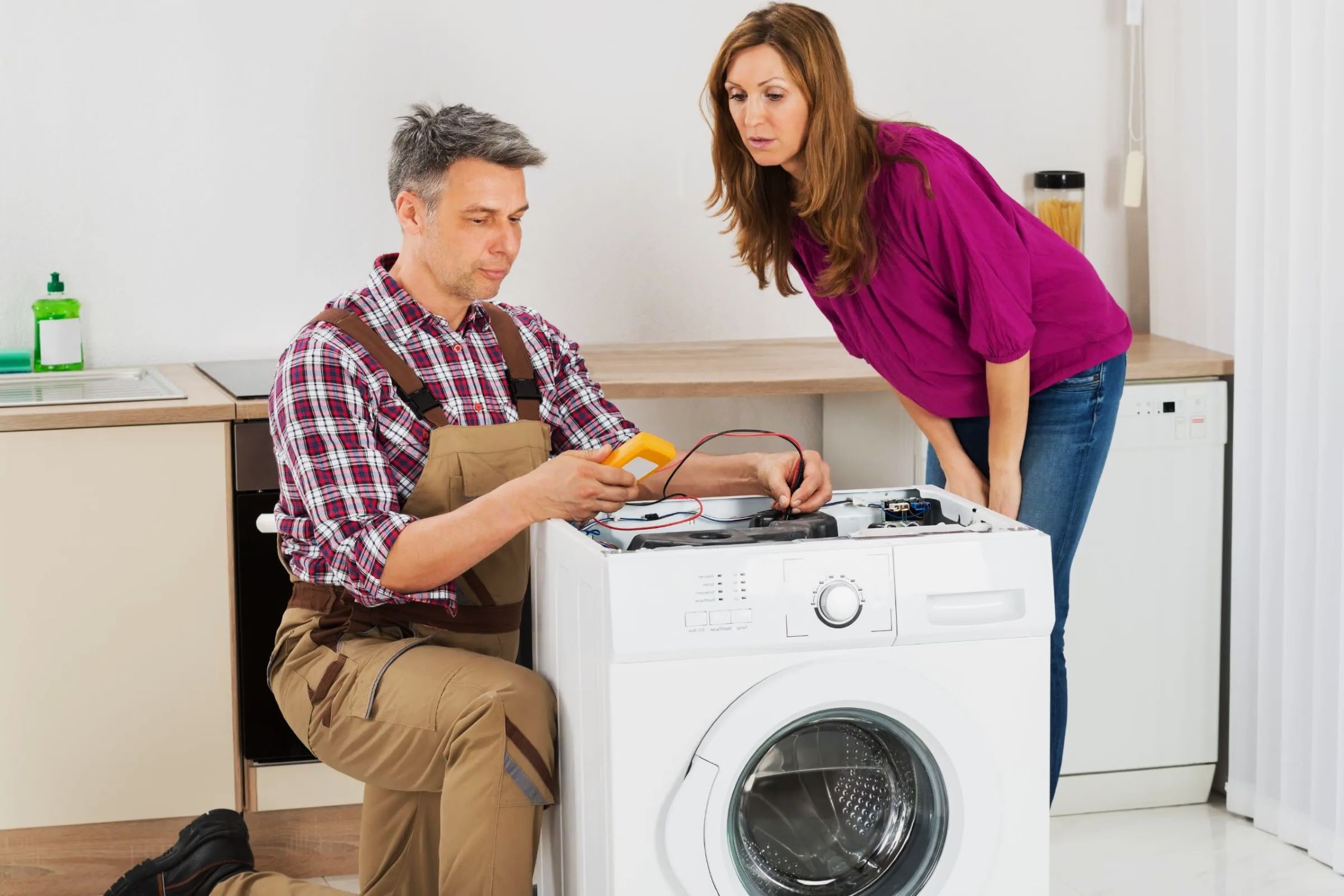

0 thoughts on “How Long Is Dough Cycle On Bread Machine”